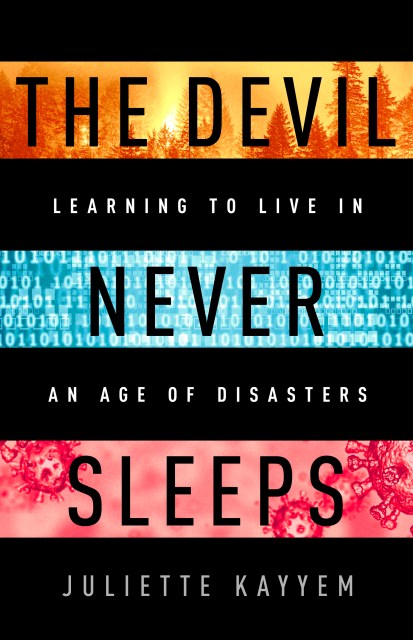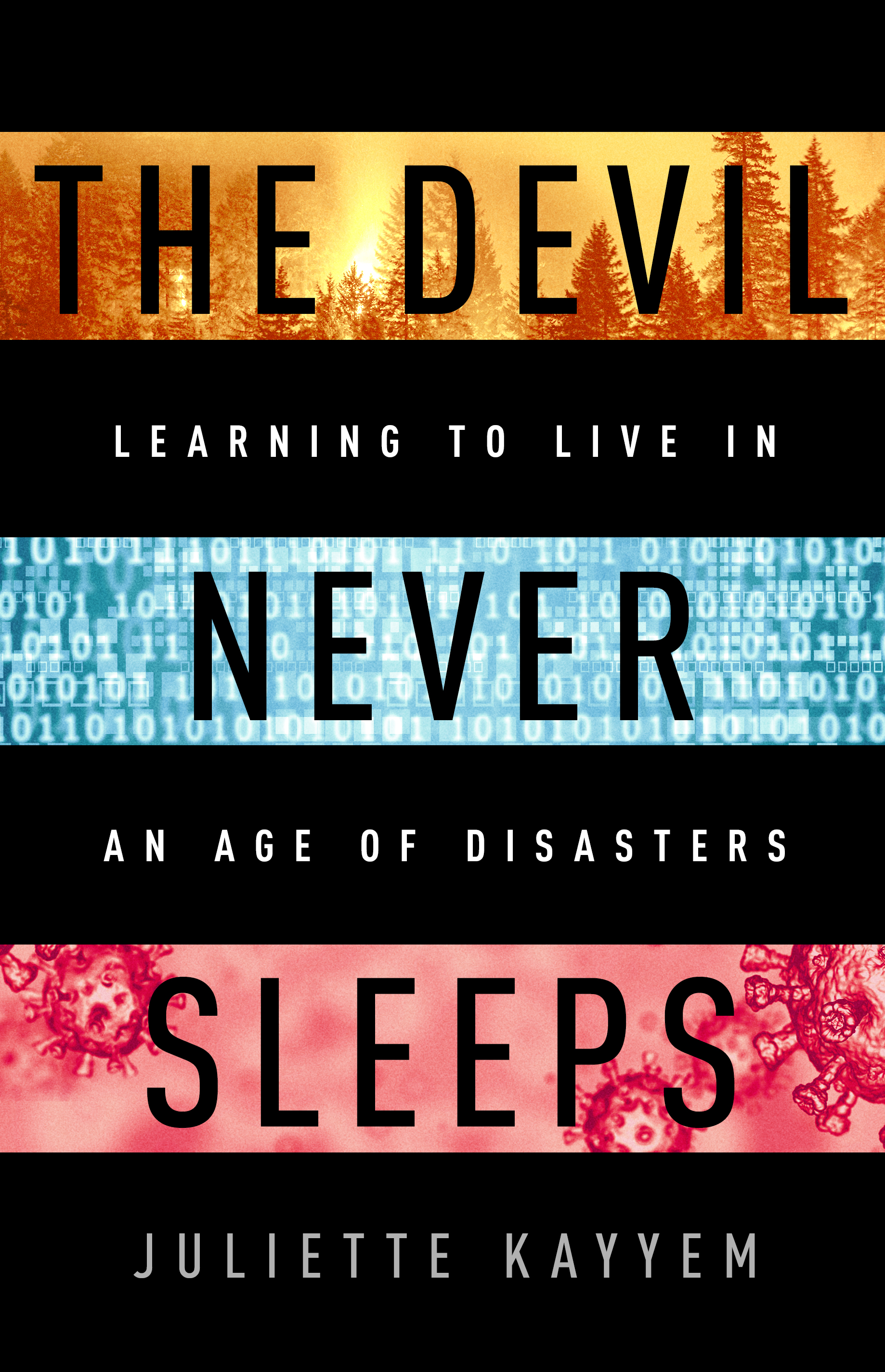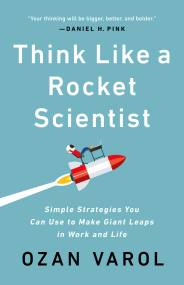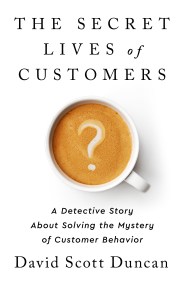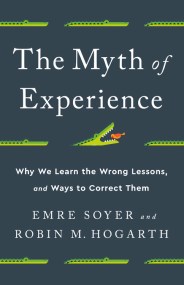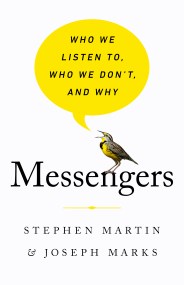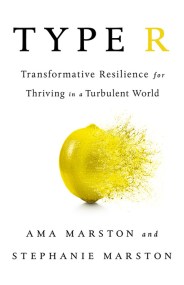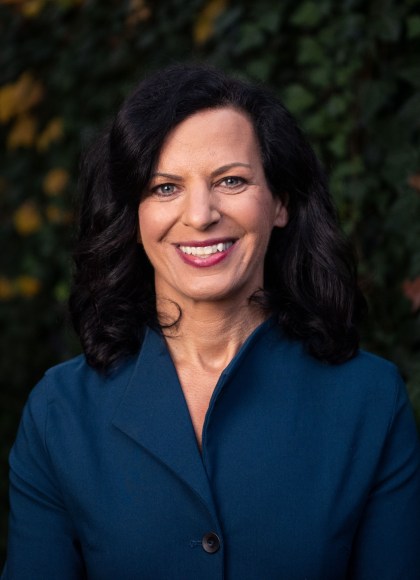Promotion
Use code MOM24 for 20% off site wide + free shipping over $45
The Devil Never Sleeps
Learning to Live in an Age of Disasters
Contributors
Formats and Prices
Price
$29.00Price
$37.00 CADFormat
Format:
- Hardcover $29.00 $37.00 CAD
- ebook $17.99 $21.99 CAD
- Audiobook Download (Unabridged) $24.99
This item is a preorder. Your payment method will be charged immediately, and the product is expected to ship on or around March 29, 2022. This date is subject to change due to shipping delays beyond our control.
Also available from:
The future may still be unpredictable, but nowadays, disasters are not. We live in a time of constant, consistent catastrophe, where things more often go wrong than they go right. So why do we still fumble when disaster hits? Why are we always one step behind?
In The Devil Never Sleeps, Juliette Kayyem lays the groundwork for a new approach to dealing with disasters. Presenting the basic themes of crisis management, Kayyem amends the principles we rely on far too easily. Instead, she offers us a new framework to anticipate the “devil’s” inevitable return, highlighting the leadership deficiencies we need to overcome and the forward thinking we need to harness. It’s no longer about preventing a disaster from occurring, but learning how to use the tools at our disposal to minimize the consequences when it does.
Filled with personal anecdotes and real-life examples from natural disasters like the California wildfires to man-made ones like the Boeing 737 MAX crisis, The Devil Never Sleeps is a guide for governments, businesses, and individuals alike on how to alter our thinking so that we can develop effective strategies in the face of perpetual catastrophe.
Genre:
-
“Kayyem combines real-world national security experience, the everyday personal experiences of an individual, and the genius of a policy thinker for her compelling and engaging new book. Virtually anything Kayyem writes is a must-read and she has put it all together to help us prepare for our era of disasters.”Jeh Johnson, former secretary of homeland security
-
“From 9/11 through the pandemic, the United States has been battered by several decades of emergencies. Even more, and worse, are ahead. Juliette Kayyem has a clear-eyed, sane, urgent-but-not-frantic set of principles to guide us in dealing with ‘the devil.’ We’ll all be better off for following her advice.”James Fallows, National Book Award winner
-
“Juliette Kayyem is who we call when disaster strikes for a reason: she’s calm, unafraid, and deeply informed. Here she leaves no disaster unturned as she shows how we can be ready to respond. She’ll open your eyes: you’ll definitely never think of Fukushima, fires, or even Beyoncé the same way again.”Erin Burnett, CNN anchor
-
“Juliette Kayyem’s infectious energy and passion for reasoned crisis management jump out of the pages of her book. She has written a succinct, compelling kitchen-table tutorial on how to get your head around crises. A must-read for first responders, crisis managers, and the normal citizen who wants to anticipate, prepare, cope, and be resilient.”James Clapper, former national intelligence director
-
“We live in a dangerous world where big trouble is inevitable. Oddly, those who warn us to be better prepared are often dismissed. But Juliette Kayyem refuses to be a modern-day Cassandra. Get your head around this book and get smart. Or ignore her lessons at your own peril.”Miles O’ Brien, correspondent, PBS Newshour
-
“An eye-opening look at the disasters that have troubled humans throughout history—and why they seem to be increasing in frequency… An urgent, useful survival manual for our time.”Kirkus
-
“Full of practical advice and incisive analysis, this is an astute and timely road map for mitigating the consequences of the next cataclysm.”Publishers Weekly
-
“In a world marred by preventable miscalculation, Juliette Kayyem’s ‘The Devil Never Sleeps’ provides a playbook for making it out alive.”Paige Williams, The New Yorker
- On Sale
- Mar 29, 2022
- Page Count
- 240 pages
- Publisher
- PublicAffairs
- ISBN-13
- 9781541700093
Newsletter Signup
By clicking ‘Sign Up,’ I acknowledge that I have read and agree to Hachette Book Group’s Privacy Policy and Terms of Use
